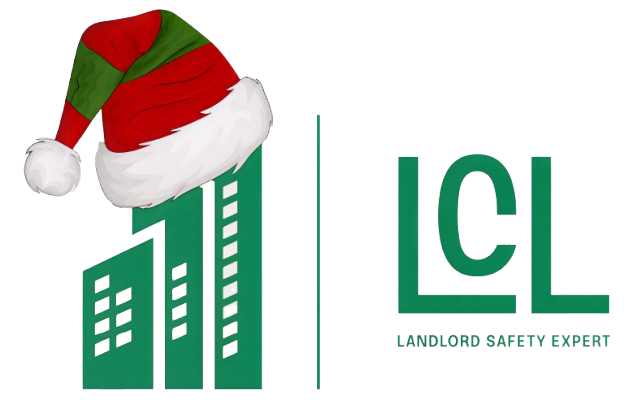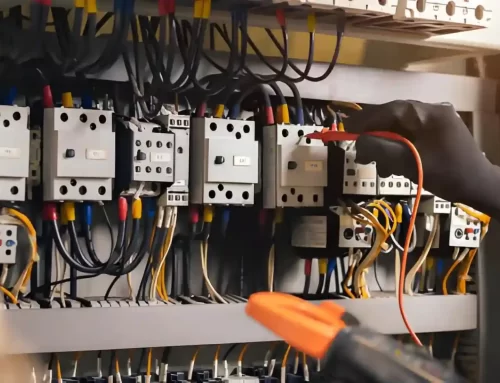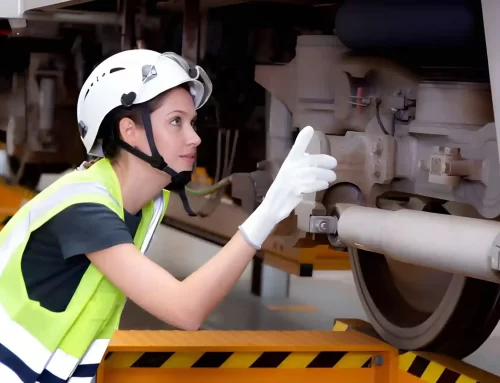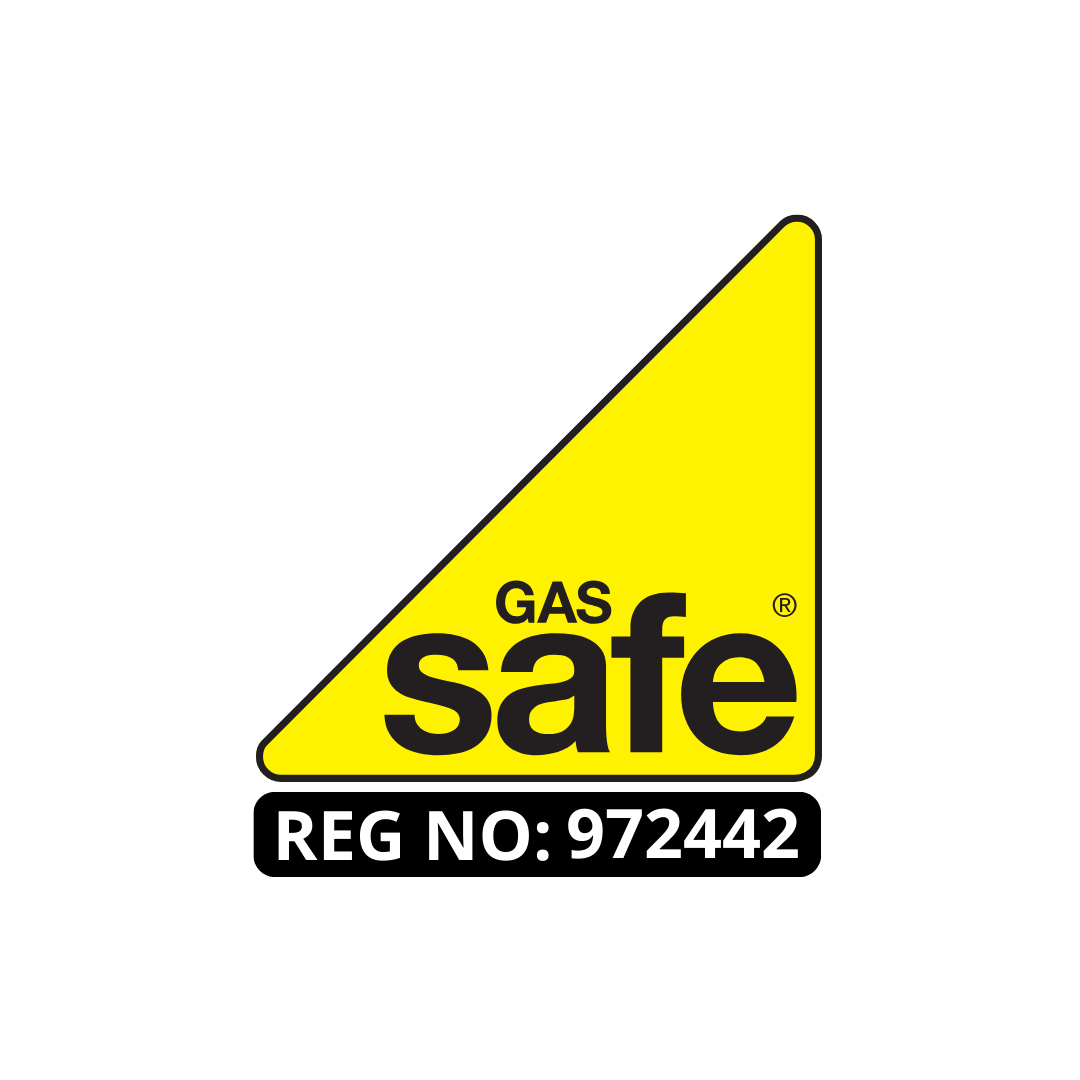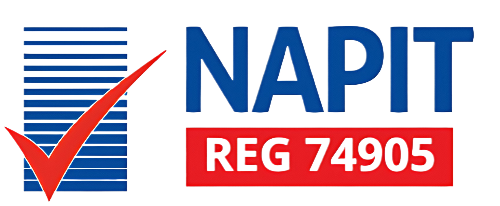
Navigating the electrical safety regulations for rental properties can feel like finding a needle in a haystack, especially with the recent changes in England. As an experienced electrician, I’ve got first-hand knowledge of the Electrical Installation Condition Report (EICR) process and its importance for landlords.
I’ve seen the confusion, and I’m here to help clarify. In the following, I’ll unravel the complexities of EICR, your legal obligations, and the steps that follow an inspection.
But why exactly is EICR so crucial and what happens if you don’t comply? Hold onto your seats, we’re about to find out!
Understanding EICR
To truly understand EICR, it’s crucial to know that it stands for ‘Electrical Installation Condition Report’, a comprehensive assessment conducted by a qualified electrician to ensure the safety of all fixed electrical installations in a property.

The primary goal of an EICR is to uphold strict safety measures and meet prevailing electrical standards. It’s essential to recognize that an EICR involves a meticulous inspection of electrical systems, noting any defects that may contravene safety standards.
The report is more than a piece of paper; it provides a detailed insight into the property’s electrical safety, offering recommendations for improvements.
Responsibilities and Legal Requirements
As a landlord, it’s your legal obligation to arrange and ensure the Electrical Installation Condition Report (EICR) for your property. This involves arranging an inspection by a competent electrician, who’ll assess the safety of the electrical installations within your property.
Landlord compliance with this requirement isn’t just about fulfilling legal obligations; it’s a critical part of property maintenance, ensuring the safety of your tenants. If you fail to comply, you could face significant penalties.
Once the inspection is complete, you’ll receive an EICR certification, which validates that the electrical installations in your property meet the required safety standards.
Stay informed, stay compliant, and, above all, ensure the safety of your property and those living within it.
EICR Inspection Process
Understanding the EICR inspection process is key to ensuring your property’s safety and regulatory compliance.
This process begins with a thorough visual assessment of your property’s electrical installations. It’s during this stage that any obvious signs of wear, damage, or age are noted.
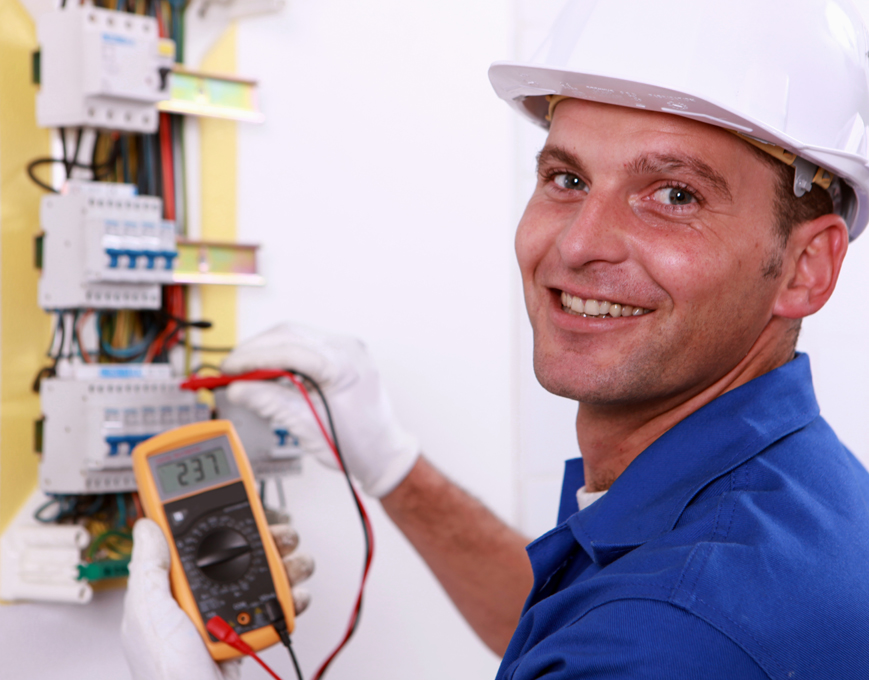
Next, electrical testing takes place for fault detection. This involves a series of tests that check the functionality and safety of the installations. If any issues arise, remedial actions are then required. These are tasks that address and fix identified faults, ensuring the electrical system’s integrity.
Once all corrective actions are completed, the final step is certificate issuance. This certifies that your property has undergone an EICR inspection and is in a safe, compliant condition.
Post-Inspection Actions
Following the EICR inspection, there are important steps landlords must take to maintain the safety and compliance of their properties. Receiving the report is the initial step; it’s vital to thoroughly review it, understanding the classification codes that highlight potential issues. These codes range from C1 (danger present) to C3 (improvement recommended).
Addressing issues identified in the report is the next step. If problems are flagged, remedial actions must be taken immediately, particularly for C1 and C2 classifications. Once all issues are resolved, a valid certificate is issued, evidencing the property’s electrical safety.
Importance, Consequences, and Benefits
Navigating the world of property management, landlords often grapple with the significance, potential repercussions, and advantages of the Electrical Installation Condition Report (EICR).
The importance of EICR can’t be overstated. It directly impacts tenant safety, preventing potentially fatal accidents and ensuring a comfortable living environment. Neglecting it can lead to insurance implications, damaging both your pocket and your reputation.
EICR also influences property value, with potential tenants and buyers more likely to invest in a property with a clean bill of health. Adhering to EICR guidelines brings peace of mind, knowing you’re offering a safe space to your tenants. It also saves you from costly repairs that might arise from ignored electrical issues.
The bottom line is that EICR is a crucial aspect of responsible property management.
Frequently Asked Questions
What Is the Average Cost of an EICR for Landlords?”
I’ve found that the average cost of an EICR for landlords varies based on factors like region, inspection frequency, and understanding of the report. It’s crucial to negotiate prices effectively to stay within budget.
Can I Perform an EICR Inspection Myself, or Do I Need to Hire a Professional Electrician?”
I can’t perform an EICR inspection myself. It’s not legal, and I lack the necessary skills. The advantages of hiring a professional include safety protocols and a thorough check that DIY inspections can’t match.
How Long Does an EICR Inspection Typically Take for a Standard-Sized Property?”
An EICR inspection for a standard-sized property typically takes 4-8 hours, depending on the property’s age and complexity. It’s crucial to prepare well, involve tenants, monitor frequency, and act promptly on post-inspection actions.
What Happens if I Fail to Carry Out Remedial Actions Within the 28 days After an Unsatisfactory Inspection?”
If I don’t carry out remedial actions within 28 days, I’ll face penalty consequences and legal ramifications and jeopardize tenant safety. My insurance may be impacted, and my property could depreciate.
Are There Any Specific Signs or Symptoms I Should Look Out for in My Property’s Electrical Installations That Indicate It’s Time for an EICR Inspection?”
I’m always on the lookout for faulty wiring indicators like flickering lights, burnt outlets, or frequent circuit trips. Regular EICR inspections help identify electrical hazards early, emphasizing the importance of preventive measures.
Our Pricing
| Our Electrical Safety Certificate Prices |
|---|
| Studio Apartment £67.99 |
| 1 – 3 Bedroom £94.99 |
| 4 Bedroom £104.99 |
| 5 Bedroom £139.99 |
Check Out Our Other Services
| EICR | Commercial EICR | Emergency Light Certificate |
|---|---|---|
| Electrical Diagnostic | PAT Testing | Fuse Box Installation |
About the Author: LandlordCertificate
Related Posts
Get Social
Recent Posts
- The Role of Fire Alarm Installation in Building Safety
- How Often Should a Fire Risk Assessment Be Reviewed?
- What must landlords get right for Fire Risk Assessment London compliance?
- UK Gas Safety Regulations for Landlords & Tenants: Introduction to Gas Safety Certificates
- Check If Your Gas Engineer is Registered: London Gas Safety Certificate London
